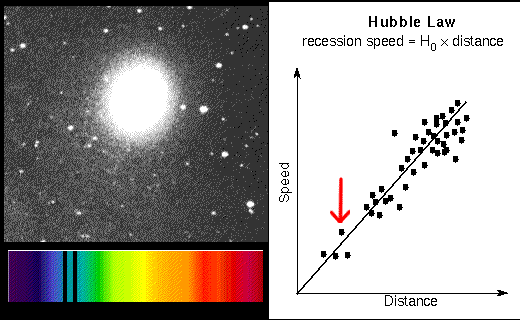Science
Related: About this forumDreaming of Galaxies. Here's to James Webb.
by Ross Pomeroy at Tue, 11 Jun 2013 01:32:00

The building 29 cleanroom at the Goddard Space Flight Center in Greenbelt, Maryland is a tinkerer's dream. There, in an assortment of expensive pieces, rests NASA's preeminent project of discovery: the James Webb Space Telescope.
Under development by NASA and Northrop Grumman engineers, the tennis court-sized telescope is currently slated for launch in 2018. When it takes its position in a solar orbit 930,000 miles from Earth -- four times the distance to the moon -- James Webb will grant a peerless gaze at the universe the likes of which we've never seen.
Just two years ago, the outlook for James Webb wasn't nearly so optimistic. In July 2011, the United States House of Representatives' appropriations committee on Commerce, Justice, and Science moved to cancel the project, contending that the project was "billions of dollars over budget and plagued by poor management." For a time, it appeared that James Webb would go the unfortunate way of the Superconducting Super Collider: mothballed and left incomplete, a billion-dollar reminder of what could have been. But in November 2011, cooler heads prevailed. James Webb survived.
Space scientists across a spectrum of disciplines are now firmly looking forward to the future. Astronomers hope to use James Webb to identify the first stars that formed in the wake of the Big Bang, to examine the evolution of dark energy, as well as to study the physical and chemical properties of foreign planets and solar systems, potentially picking out the building blocks of life. Key to these aims is James Webb's chosen method of stargazing: infrared imaging.
more
http://www.realclearscience.com/blog/2013/06/james-webb-now.html
DreamGypsy
(2,252 posts)...but maybe I am being too picky.
First, from the article:
- which is a fine statement. Webb's instruments will be designed to work primarily in the infrared range of the electromagnetic spectrum, with some capability in the visible range. It will be sensitive to light from 0.6 to 28 micrometers in wavelength.
However, the next paragraph is a bit sloppy:
- which seems (to me) to suggest that redshift is just a result of distance traveled when, of course, it is a result of the Hubble distance redshift relationship. That is, the relative recessional velocity of objects is proportional to the distance between the objects, so the light we receive from galaxies "billions of light years" away is more redshifted than closer galaxies.
This little gif demonstrates the phenomenon:

Webb will be a wonderful source of new information.
For more and more precise technical information about the JWST, I recommend the NASA JAST site: http://www.jwst.nasa.gov/about.html
I really like the discussions about the Instruments and the Science Themes.
Thanks for the post, n2doc.